
When I first started learning how to shoot a semi-auto pistol, nobody really talked much about trigger reset, of course, this was over 25 years ago! Most of the focus was on lining up sights and pulling the trigger smoothly. And while those things are important, understanding how trigger reset works changed the game for me — not just for speed, but also for accuracy and control.
If you’re new to shooting or even if you’ve been doing it a while but haven’t focused much on your trigger work, let me break down what trigger reset is, why it matters, and how you can practice it the right way.


What Is Trigger Reset?
Trigger reset is the point during the trigger’s forward movement (after a shot is fired) where the trigger is ready to be pulled again. On most semi-auto pistols, once you fire a shot, you don’t need to let the trigger go all the way forward again — you just need to let it move forward far enough to reset.
You’ll usually feel or even hear a faint “click” — that’s the reset. Once you feel that, the trigger is live again and ready for the next shot. Learning to feel and respond to that reset can make a huge difference in how quickly and accurately you shoot.

Why Slapping the Trigger Is a Problem
Now here’s where many mess up — they slap the trigger. After each shot, they completely let go of the trigger and then slap their finger back onto it for the next shot. That may not sound like a big deal, but it can seriously throw off your accuracy.
Every time you take your finger off and then jab it back on the trigger, you're creating more unnecessary movement. That often leads to jerking the gun, shifting your front sight off the target, and breaking your sight alignment. Not to mention, you now have to reacquire your trigger finger placement, which slows you down and adds inconsistency to every shot.
In short: slapping the trigger is the enemy of both speed and precision.
Trigger Reset = Better Trigger Control
Trigger reset goes hand-in-hand with trigger control, which is one of the most important fundamentals in shooting. Trigger control means pressing the trigger in a smooth, steady motion without disturbing your sight picture.
By learning to control the trigger and reset it properly, you can fire follow-up shots faster and more accurately. Instead of doing a full reset (which is wasted motion), you're using just the amount of movement needed. It keeps you more connected to the gun and more focused on your sights — which is where your attention should be.

Practice Trigger Reset at Home
The good news is, you don’t need a live round every time you want to work on this. In fact, dry fire practice is a fantastic way to get a feel for your trigger reset.
Here’s how I do it safely at home:
- Unload your gun completely. Double check that there’s no magazine and no round in the chamber. I always check twice.
- Pick a safe direction. I usually stand facing a wall or a corner where two walls meet, that doesn’t have anything behind it.
- Slowly pull the trigger. Feel it break, as if you’re firing a real shot.
- Hold the trigger back. Don’t let it go yet.
- Rack the slide. This resets the internal mechanics for the next shot.
- Now slowly release the trigger until you feel or hear the reset.
- Press again. Try to keep the gun steady as you do it.
Repeat this several times in a row, focusing on that feeling of reset. Your trigger finger will begin to “know” exactly where the reset point is.
Be Safe When Practicing at Home
Dry fire is a great tool, but safety always comes first. I treat every gun like it’s loaded, even when I know it isn’t. Never point it at anyone — even accidentally. Use a safe backstop, check your gun twice, and never mix dry fire practice with live ammo in the same space.
I also recommend doing this in a quiet space where you can focus without distractions. Practicing when you’re rushed or multitasking defeats the purpose.

The Best Way to Work on Trigger Reset? The Range.
While dry fire is awesome for learning the feel of the reset, the real progress comes when you hit the range with live ammo. That’s where you learn to apply everything under real pressure — recoil, noise, and movement.
At the range, I’ll fire a shot, hold the trigger to the rear, then slowly let it out until I feel that click — the reset — and then fire again. It might feel awkward at first if you're used to fully releasing the trigger, but after a few magazines, it becomes second nature.
Once you’re comfortable, you’ll notice your follow-up shots are faster and more accurate, and your groups start to tighten up. You’re no longer guessing or stabbing at the trigger — you’re in control.
Final Thoughts
Learning to use the trigger reset has made me a more confident and controlled shooter. It’s not about being flashy or tactical — it’s about being consistent. That smooth, controlled movement gives you better accuracy, tighter groups, and faster follow-up shots — whether you're on the range or in a real-life self-defense situation.
If you’ve never really paid attention to trigger reset before, now’s the time to start. Practice it safely at home, and then confirm your skills with live fire at the range. It takes some time to build that muscle memory, but I promise — once you master it, you’ll never want to go back to slapping the trigger again.
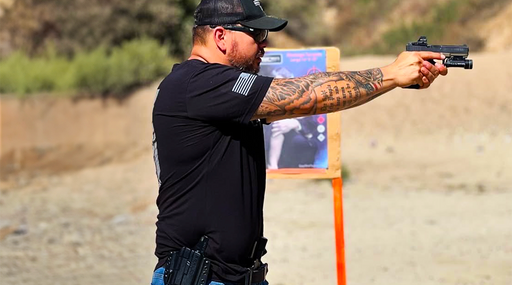
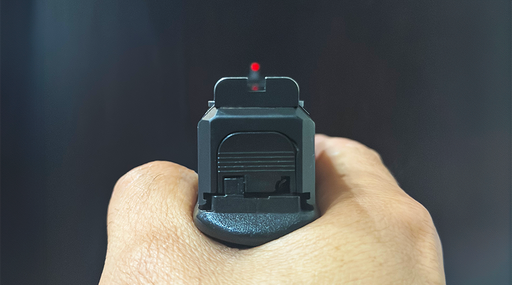

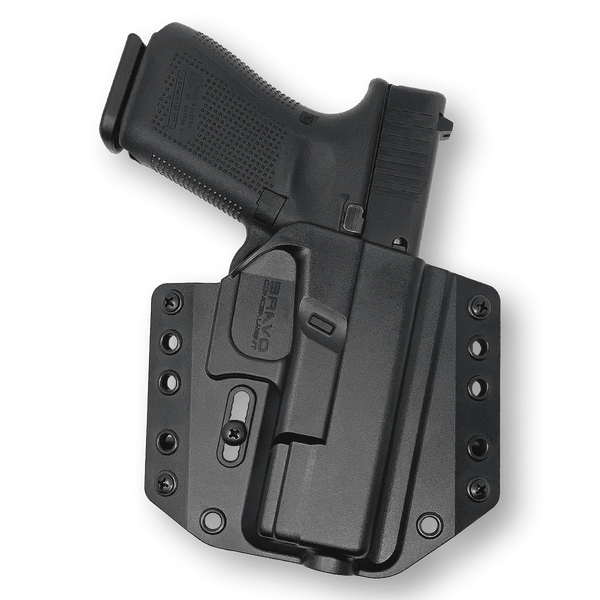
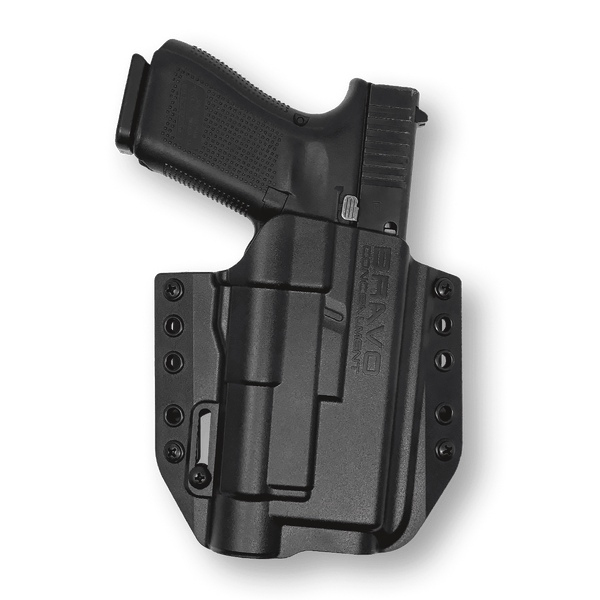
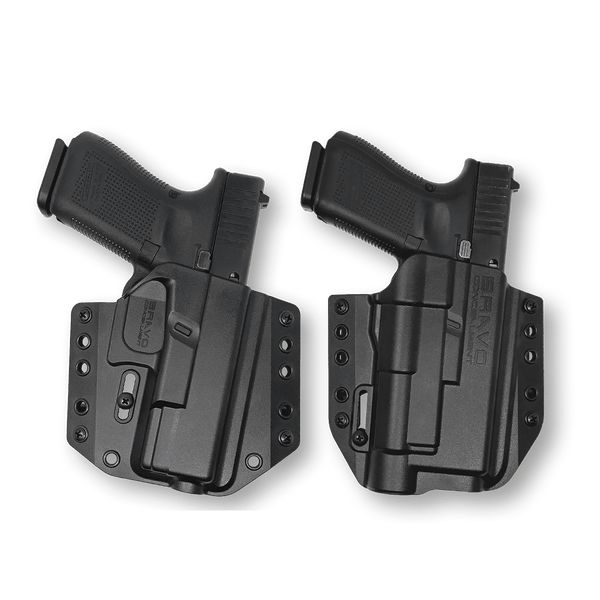
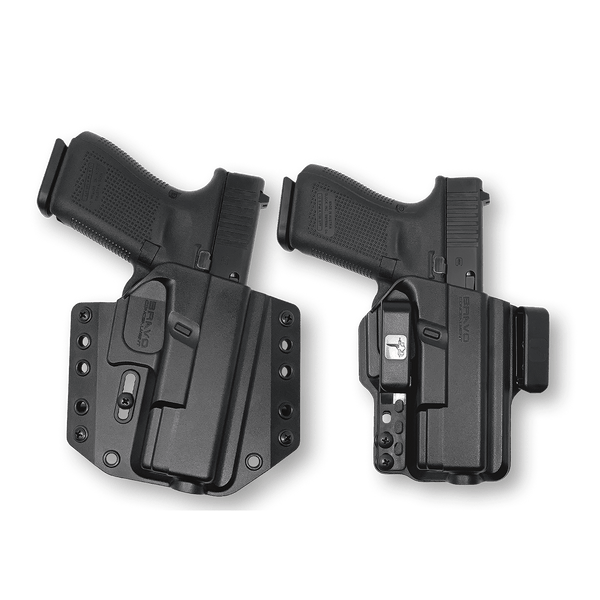
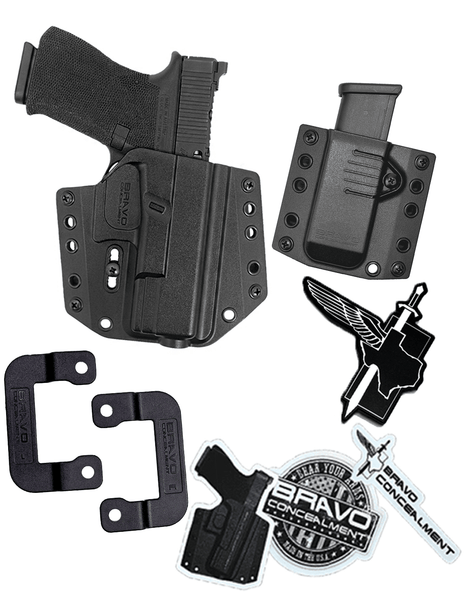
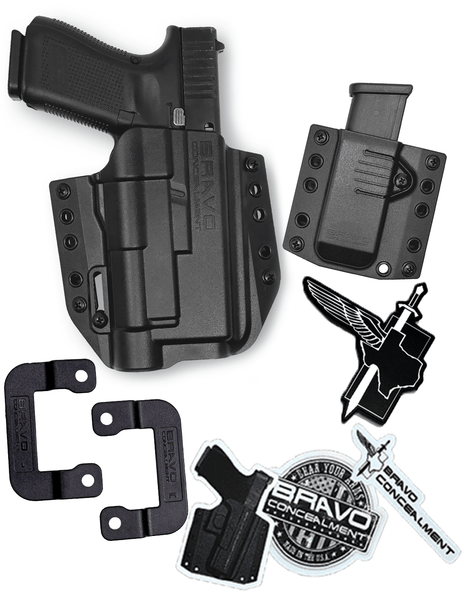
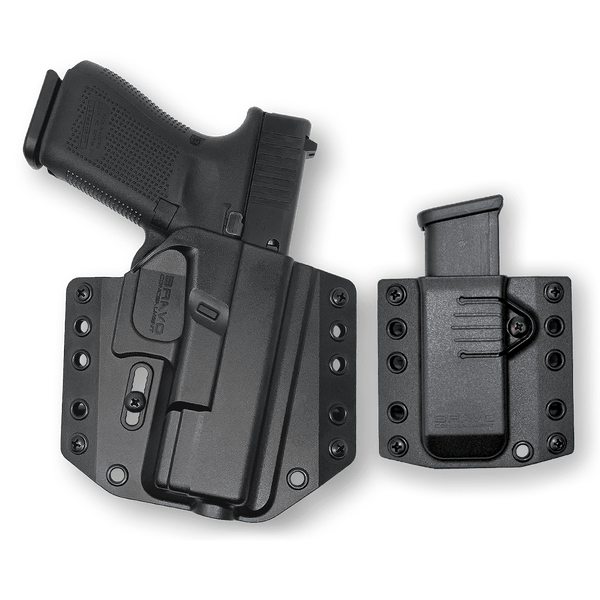

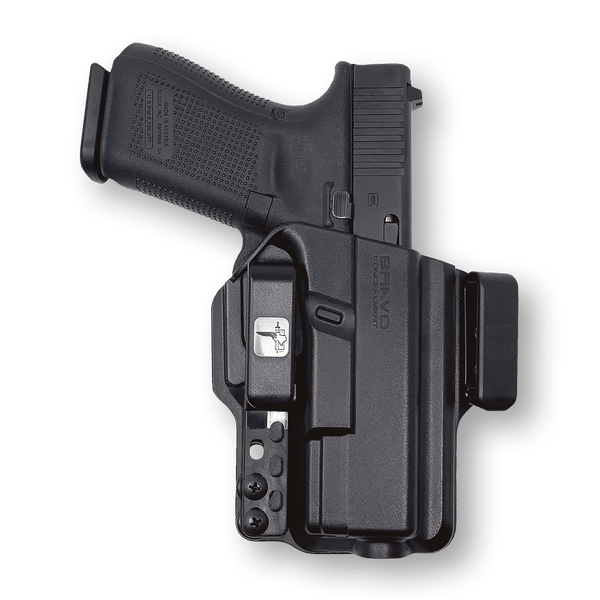
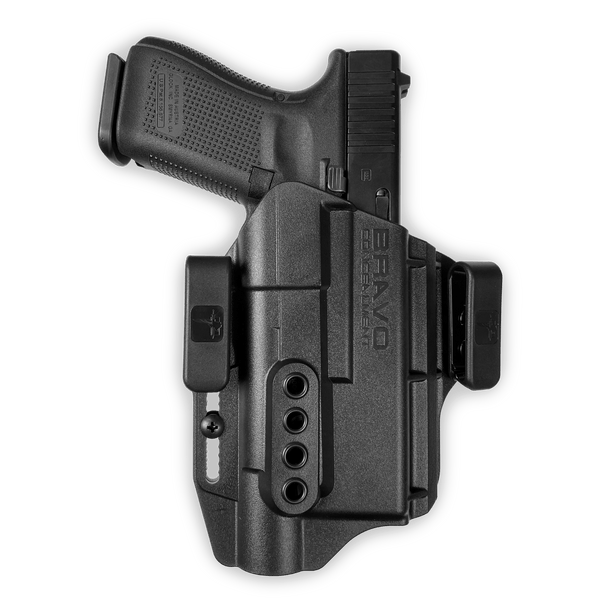
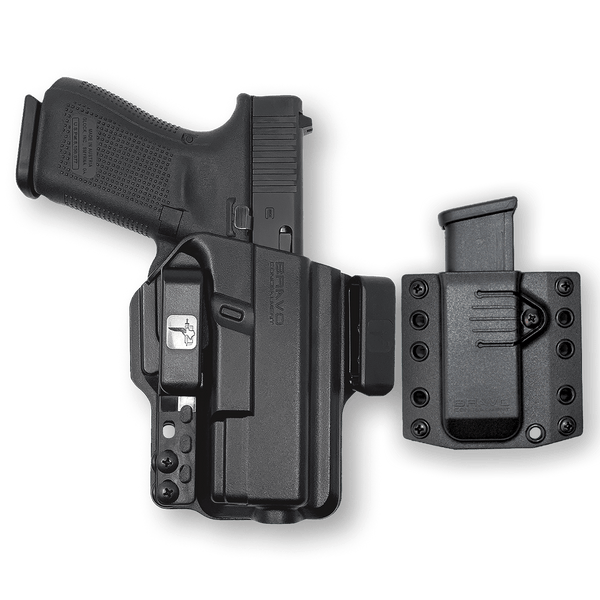
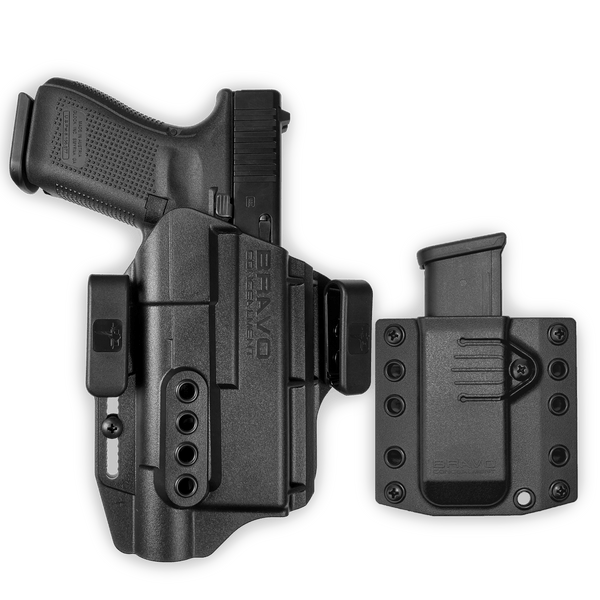
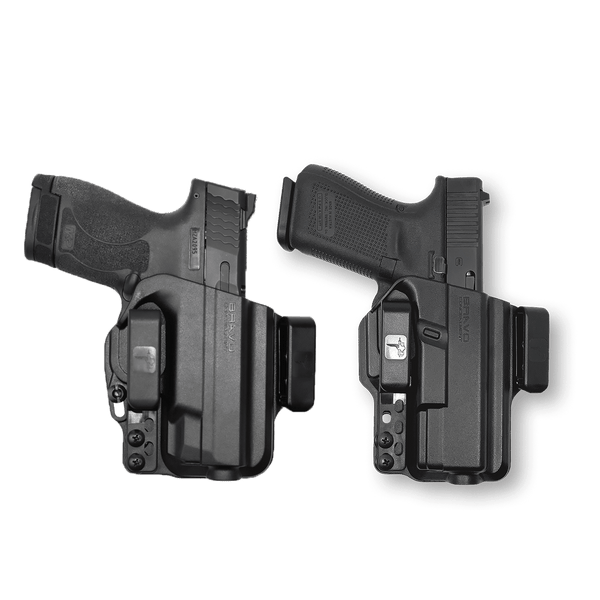
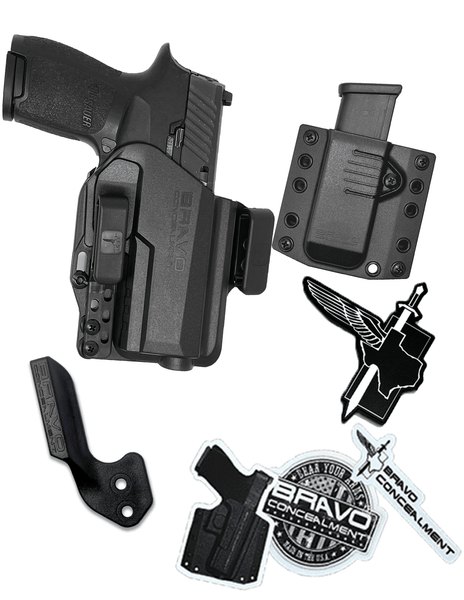
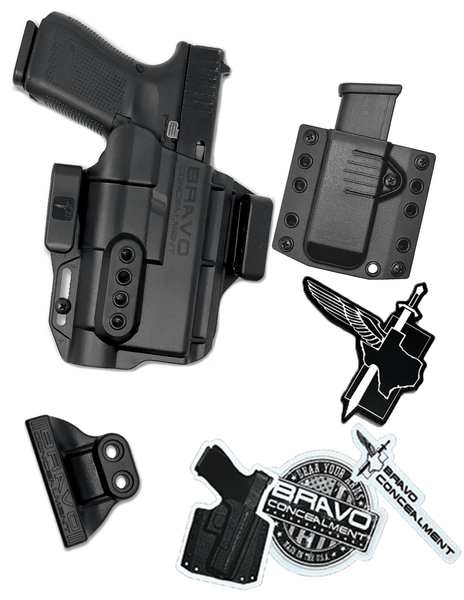
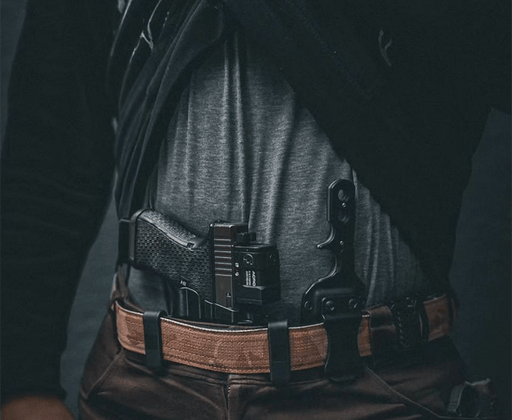
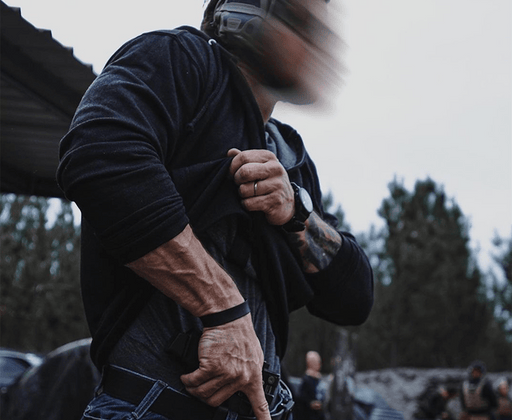

Leave a comment
3 comments
I agree with John Taylor. I too was a police instructor and too many shooters pin the trigger and make releasing and pulling the trigger again one movement. Nothing is happening while the gun recoils. By releasing the trigger during recoil and letting it ride almost to the point of letting your finger off, then pulling to the wall is the fastest way to reset the trigger and then one can pull through the wall or hold. One shot= two sight pictures and two trigger preps. I was in a shooting where I shot two shots with my Sig P220 and then held. I found my finger back to the wall on the single action pull on the gun ready to fire again. I didn’t because I missed and he ducked behind the seat. But I was ready for his head to pop back up. If I had pinned the trigger back after each shot I wouldn’t have been ready for that third shot or even the second one. And I never even felt the trigger on the 10 lb double action pull much less hear the resetting of the sear. The pinning method may work for the range but not a real fight. Plus with a DAO or Glock your trigger pull is the same each shot. The first shot always starts with the trigger being pulled to the wall and the shot broken. Either slow fire or all in one motion if time is of the essence. Then the trigger is reset during recoil and then the press is repeated. Exactly like the first shot. Thank you.
While I agree and share a lot of your training material I do not agree with this training. The habit of building a slow reset and listening for the click creates a bad habit. The shooter should be resetting the trigger quickly during rise and recoil. Never losing contact with the trigger and always finding the reset on the way rearward. I know what I’m saying is close to what you are explaining but it is different. I teach cops all the time that wait for the click and then bang yank the trigger. The gun is dictating when it is ready to fire and not the shooter. Practicing a smooth trigger reset during rise and recoil is far better than pinning the trigger and slowly going forward. I guarantee your shooter will not do this in a gun fight. The other problem this can cause is short stroking the trigger under stress. If the trigger doesn’t go past reset then it feels like a dead trigger. Thank you for all the training information you provide. This is just my two cents for what it’s worth.
Regards,
JT
Talking about and explaining trigger reset is good but your explanation about it is only halfway there. You should also talk about trigger freeze and how it can be an unsafe situation if not understood what it is and how to correct it.